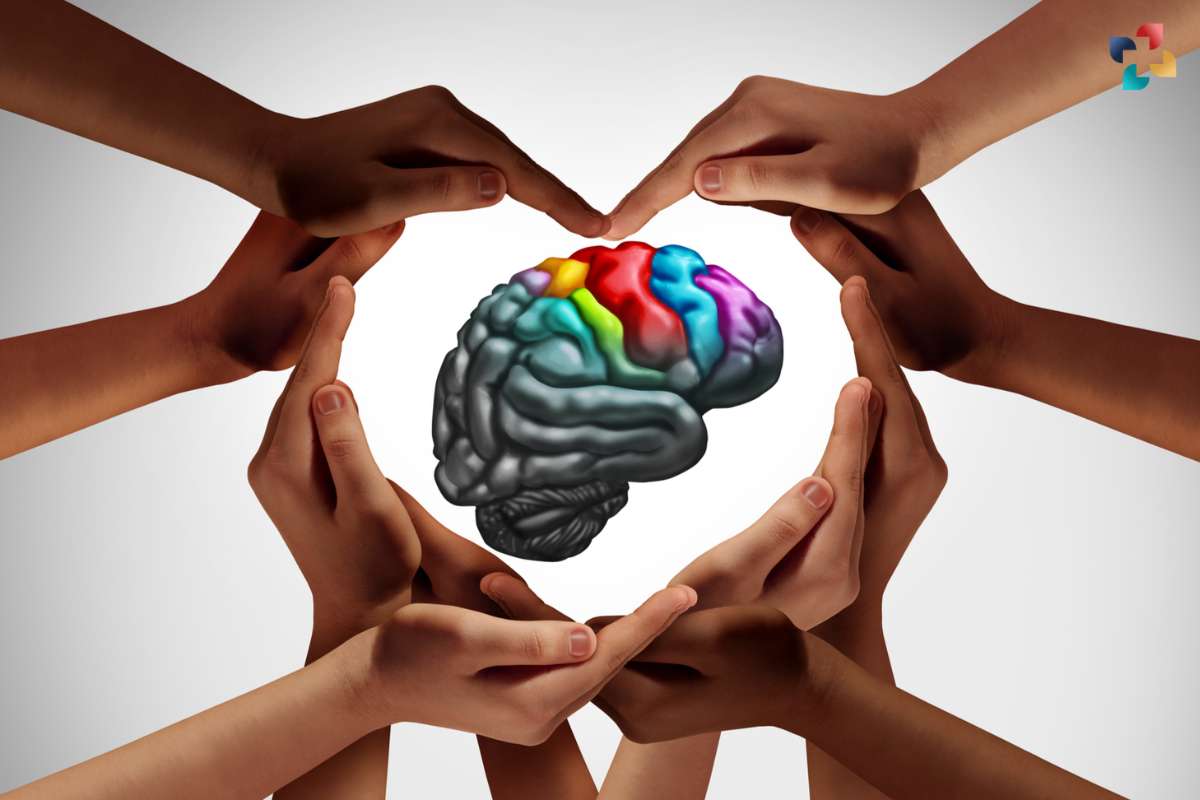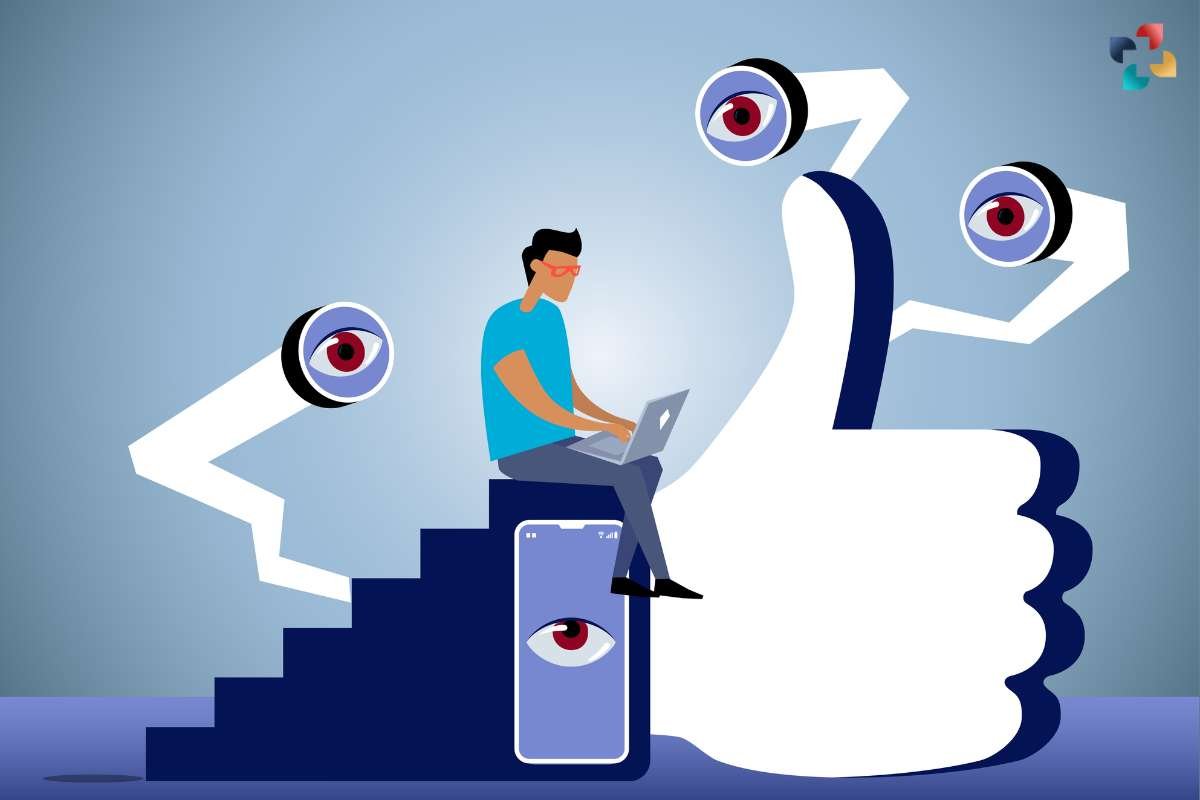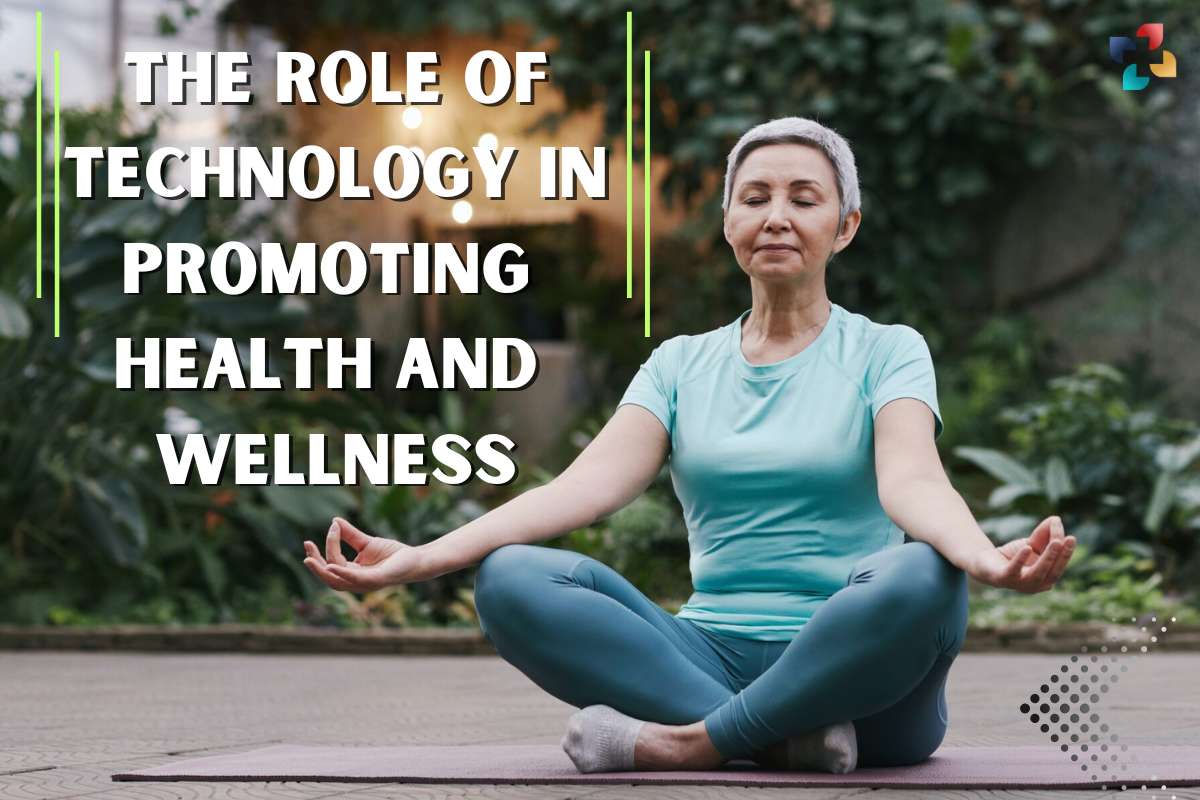Technology has had a significant impact on nearly every aspect of our lives, including our health and wellness. From fitness trackers to telemedicine, technology has revolutionized the way we approach healthcare and wellness. In this article, we will explore the role of technology in promoting health and wellness, as well as some of the potential benefits and drawbacks of these advancements.
Here is the Role of Technology in Promoting Health and Wellness;
1. Fitness and Activity Tracking
One of the most popular ways that technology is promoting health and wellness is through fitness and activity-tracking devices. These devices, such as Fitbit and Apple Watch, allow users to monitor their physical activity, heart rate, and sleep patterns. By tracking this information, individuals can better understand their overall health and make informed decisions about their lifestyles.
Fitness tracking devices also provide motivation and accountability for individuals looking to improve their health. Many devices allow users to set goals and track progress, which can be a powerful motivator for those seeking to lose weight, increase their activity levels, or improve their overall health.
2. Telemedicine
Another area where technology is having a significant impact on healthcare is through telemedicine. Telemedicine refers to the use of technology to provide healthcare services remotely, such as video consultations with doctors, remote monitoring of patients with chronic conditions, and online therapy sessions.
Telemedicine has the potential to improve access to healthcare for individuals living in rural or remote areas, as well as for those with mobility or transportation issues. It can also reduce the cost of healthcare by eliminating the need for in-person visits and reducing the number of hospital readmissions.
3. Personalized Medicine

The Role Of Technology In Promoting Health is also present in the development of personalized medicine. Personalized medicine refers to the use of genetic testing and other tools to tailor medical treatments to an individual’s unique needs and characteristics. This approach has the potential to improve treatment outcomes and reduce side effects by targeting treatments to the specific genetic makeup of the patient.
4. Wearable Technology
Wearable technology is another area where technology is having a significant impact on health and wellness. Wearable technology includes devices such as smartwatches, fitness trackers, and even smart clothing that can monitor a variety of health metrics, such as heart rate, blood pressure, and even blood sugar levels.
Wearable technology has the potential to improve health outcomes by providing real-time monitoring of health metrics, allowing individuals to take action before a health problem becomes serious. Role Of Technology In Promoting Health, wearable technology can provide valuable insights into an individual’s health patterns and behaviors, which can be used to develop personalized health plans.
5. Mental Health and Wellness
The Role Of Technology In Promoting Health is also playing a growing role in promoting mental health and wellness. There are a variety of apps and online resources available that provide support for individuals struggling with mental health issues, such as anxiety and depression.

These resources can provide access to self-help tools, such as meditation and mindfulness exercises, as well as connect individuals with mental health professionals and peer support groups. Technology has the potential to break down the stigma associated with mental health issues and provide greater access to mental health resources for individuals in need.
Potential Benefits of the Role of Technology in Promoting Health
There are a variety of potential benefits associated with the Role Of Technology In Promoting Health. These include:
- Improved Access to Healthcare
Technology has the potential to improve access to healthcare for individuals living in rural or remote areas, as well as those with mobility or transportation issues.
- Personalized Health
Technology has the potential to provide personalized healthcare based on an individual’s unique needs and characteristics, such as genetic makeup and lifestyle habits.
- Real-Time Monitoring
Wearable technology and other devices can provide real-time monitoring of health metrics, allowing individuals to take action before a health problem becomes serious.
- Improved Mental Health Support
Technology has the potential to provide greater access to mental health resources, such as support groups and self-help tools.
Potential Drawbacks of the Role of Technology in Promoting Health
While there are many potential benefits to the Role Of Technology In Promoting Health, there are also some potential drawbacks to consider. These include:

- Privacy Concerns
The use of technology in healthcare can raise privacy concerns, particularly when it comes to the collection and storage of personal health data.
- Over-Reliance on Technology
There is a risk that individuals may become overly reliant on technology for their healthcare needs, potentially overlooking the importance of other factors such as lifestyle habits and social support.
- Cost
The cost of some technology-based healthcare services may be prohibitive for certain individuals, particularly those without access to adequate healthcare coverage.
- Accessibility
While technology has the potential to improve access to healthcare for some individuals, it may also create barriers for others who lack the necessary technological resources or digital literacy skills.
BOTTOM LINE
Technology is playing an increasingly important role in promoting health and wellness. From fitness tracking devices to telemedicine, technology has the potential to improve access to healthcare, provide personalized health services, and promote mental health and wellness.
Role Of Technology In Promoting Health, it is important to consider the potential drawbacks of technology in healthcare as well, including privacy concerns, over-reliance on technology, and accessibility barriers. As technology continues to advance, it will be important to carefully consider these issues and work to ensure that technology-based healthcare services are accessible, affordable, and effective for all individuals.











